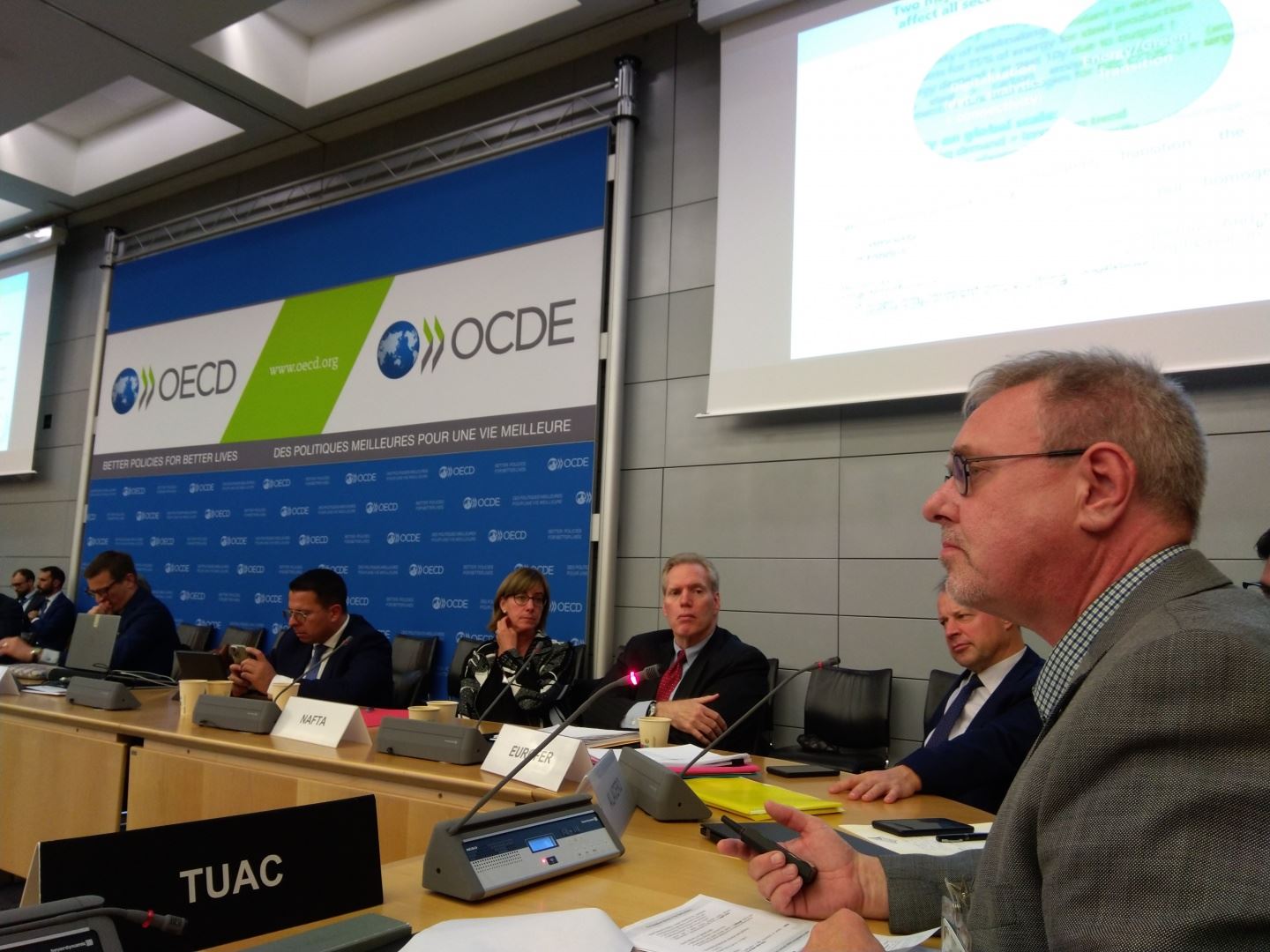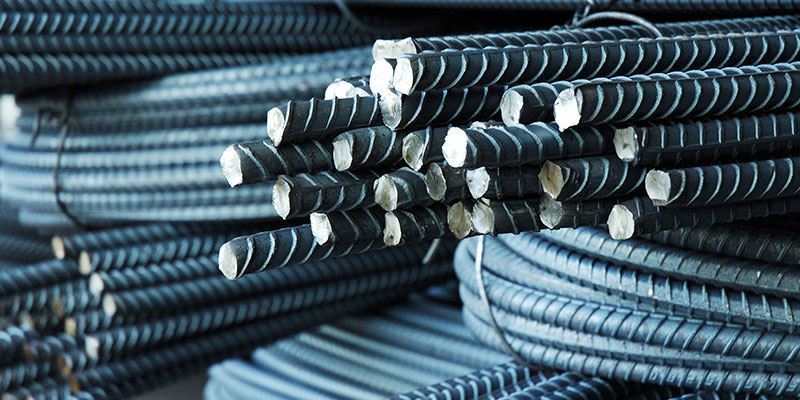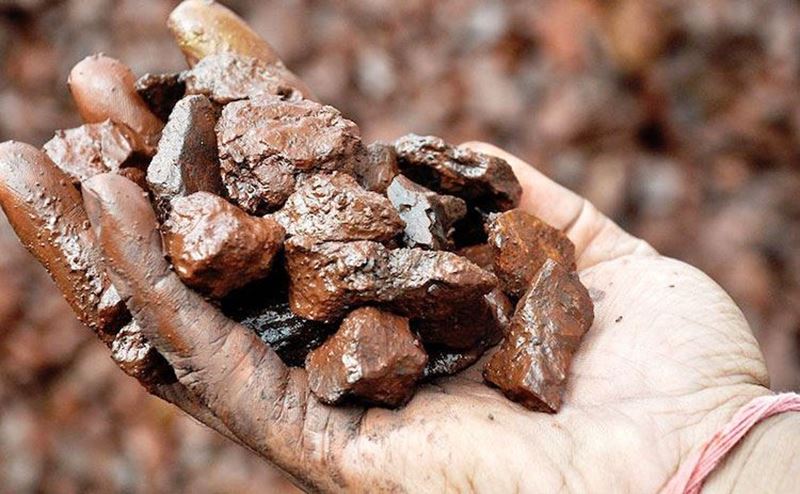The Organisation for Economic Co-operation and Development (OECD) Steel Committee has issued a statement citing a "further increase in global steel excess capacity" as one of several issues the industry is currently facing. The committee additionally forecast a 2023 global steel output growth rate of no more than 1%.
OECD also expressed its deep concern about Russia's aggression against Ukraine and its impact on global steel markets, contributing to a continued stagnation in world steel trade, disruptions in raw material markets, and increased market uncertainty.
The Russian invasion of Ukraine, one year later, is compounding the already poor steel market conditions being caused by a plethora of concurrent factors, including increased cost pressures on steel producers and ever-growing excess steelmaking capacity.
The Global Steel Supply Chain Observatory has been established, which met in mid-March, and it is meant to assist members and industries with real-time monitoring of raw material markets and related policy measures, providing a platform for finding solutions and reducing risks and vulnerabilities.
The OECD Steel Committee discussed decarbonization as part of its agenda. Members discussed ambitious work program on steel decarbonization, and how its mandate of ensuring a level playing field and open markets can support this fundamental industry transformation that is occurring via different instruments and at various speeds throughout the world.
The China Iron and Steel Association (CISA) announced that producers in that country had produced 3.08 percent less steel on average daily in the first 10 days of March compared to the final week of February as the committee met.
The OECD Steel Committee members agreed to strengthen their work on the impacts of market-distorting subsidies and other government support on excess capacity, trade, and the viability of the steel industry, while encouraging decarbonization of the steel sector under conditions of fair competition.
The committee did note that there is a chance that the world's steel producers won't experience a decline in output for a second consecutive year. The OECD noted that growth in the world's steel demand is only anticipated to be 1% in 2023.









Comments
No comment yet.